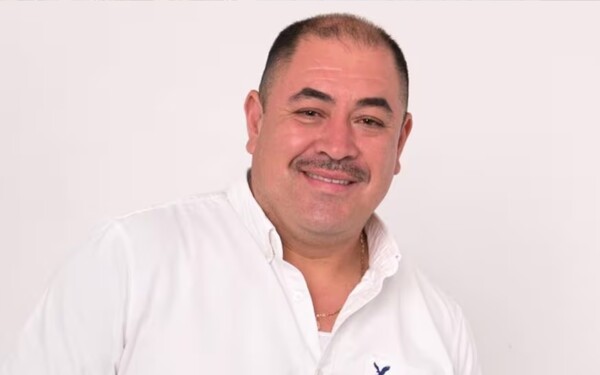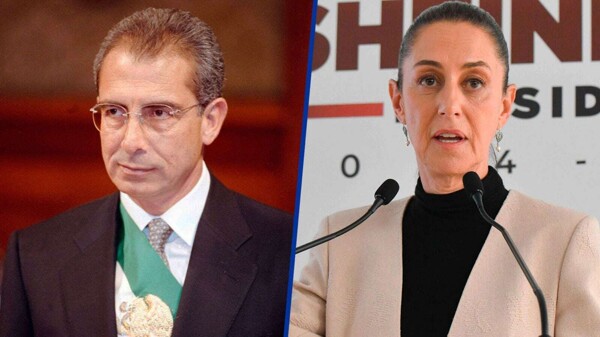The narcoblockades on April 23 and 24 in western Mexico left at least eight people dead, revealing the intense drug trafficking dispute for control in a new region known as the 'golden triangle,' comprised of Michoacán, Guanajuato, and Jalisco. These three entities have become the epicenter of the wave of violence in the country, even being labeled 'sanctuaries' for cartels by the government of Donald Trump.
President Claudia Sheinbaum attributed the recent narcoblockades to territorial disputes between cartels, dismissing them as a response against the government for the detention of criminal leaders. This situation reflects the violence that plagues western Mexico and reveals the complexity of the dispute between criminal gangs.
In Mexico, the original 'golden triangle' included Sinaloa, Chihuahua, and Durango, serving as a stronghold for the Sinaloa Cartel led by figures like 'El Chapo' Guzmán and 'El Mayo' Zambada. Now, this new 'golden triangle' consists of Michoacán, Guanajuato, and Jalisco, regions that have seen a drastic increase in violence rates in recent years.
Michoacán has been the scene of violent clashes between cartels and criminal groups, especially for control of the 'Tierra Caliente' area, crucial for drug trafficking. Guanajuato is the most violent state in the country, concentrating a high number of homicides. Jalisco is also not exempt from this reality, being considered dangerous due to disputes between cartels and prominent cases such as the discovery of training camps.
In Jalisco, the Jalisco New Generation Cartel (CJNG) leads, although the Sinaloa Cartel is trying to compete in some areas. In Michoacán, in addition to the presence of CJNG and the Sinaloa Cartel, other groups like the New Michoacán Family and the Knights Templar also dispute control. In Guanajuato, both the Sinaloa Cartel and CJNG have influence, along with the Santa Rosa de Lima Cartel, which allies with Sinaloa to confront CJNG.














